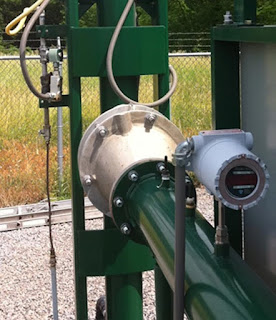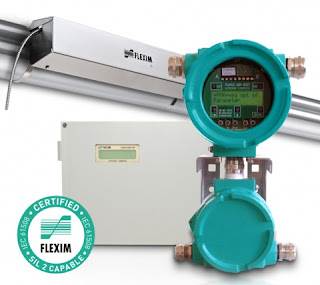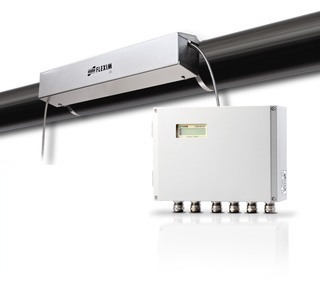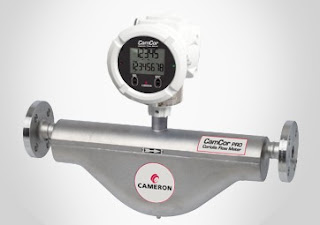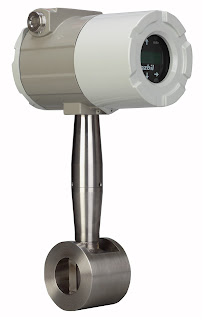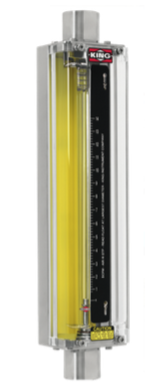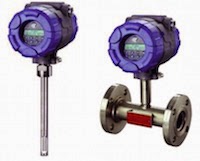AW-Lake introduces a new series of Clamp-On Ultrasonic Flow Meters that fasten on the outside of vertical or horizontal pipes ranging in size from ½” through 48”. Housed in a water and dust-tight NEMA 4X polycarbonate enclosure, the Clamp-On Ultrasonic Flow Meters are compatible with a range of metal and plastic pipe materials and “difficult liquids” such as chemicals, viscous liquids, and abrasives that would damage standard flow meters. As a result, the non-intrusive, clamp-on ultrasonic sensors feature enhanced flow measurement with no pressure drop in a range of applications such as food or chemical processing plants, oil refineries, and more.
Operating from 100 – 240VAC, the Clamp-On Ultrasonic Flow Meters offer an isolated 4-20mA output that can transmit flow readings to remote displays, recorders, or controllers. The programmable relays are useable for flow control, pump protection or flow proportional pulse. A built-in keypad and simple menu system simplifies calibration and programming of pipe diameter, pipe material, liquid types and measurement units. Users can choose to display and totalize flow readings in preferred volumetric engineering units including gallons and liters.
A 128MB data logger is standard, capable of capturing up to 26 million data points. Optional MODBUS® RTU via RS-485 or HART® communication protocols are available for connection to automation systems that enables users to receive instantaneous flow rate, volume and total, run hours, and diagnostic information. In addition to being password-protected, AW-Lake’s new Ultrasonic Flow Meters retain all settings, values, and totals in cases of power interruptions.
Designed to operate at temperatures of -40°F to 300° F (-40°C to 150°C), the Clamp-On Ultrasonic Flow Meters offer a measurement accuracy of ±1.0% of reading from 1.5 to 40 ft/sec (0.5 to 12.0 m/sec) and ±0.015 ft/sec (±0.0046 m/sec) for velocity below 1.5 ft/sec (0.46 m/sec).
For more information about AW-Lake products, contact M.S. Jacobs by calling 800-348-0089 or visiting their website at https://msjacobs.com.

